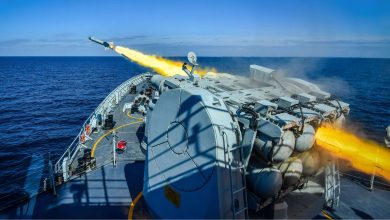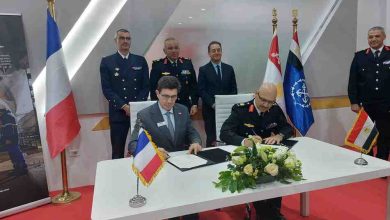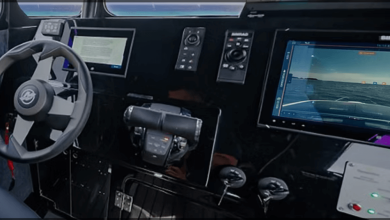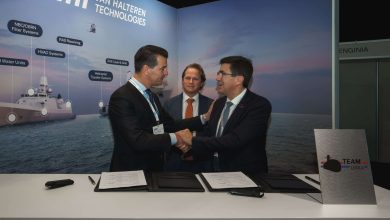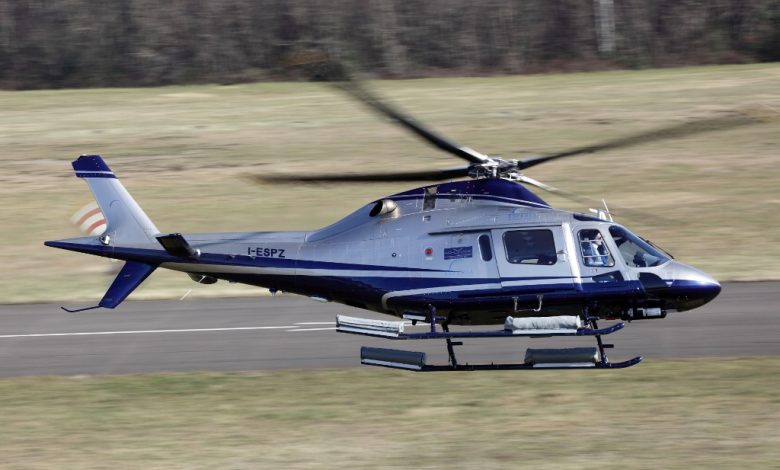
“U.S. Defense Secures $29 Million Deal for Cutting-Edge AW119Kx Helicopters in Strategic Israel Partnership”
Leonardo embraces the $29 million USD contract awarded by the U.S. Department of Defense for new AW119Kx helicopters as part of Foreign Military Sales (FMS) to Israel, with the U.S. Army Contracting Command overseeing the procurement process. The helicopters will be entirely manufactured at Leonardo’s facility in Philadelphia, Pennsylvania.
Israel’s Ministry of Defence is already a client of the AW119Kx. In 2019, a contract was established for an extensive suite of integrated defense training solutions, which encompassed seven AW119Kx single-engine helicopters to be fabricated in the United States. The complete training initiative includes state-of-the-art flight simulators and other instructional devices, newly constructed facilities, and a 20-year maintenance package.
The exceptional single-engine helicopter available, the multipurpose AW119 has demonstrated increasing success in recent years within the global defense market for both training and operational mission profiles. In 2020, the U.S. Department of Defense issued a contract for up to 130 AW119s to substitute the aging TH-57 Sea Ranger as the primary training helicopter for the U.S. Navy, Marine Corps, and Coast Guard, with 104 units currently on order. Furthermore, the Portuguese Air Force is utilizing their fleet of five AW119s for training, MEDEVAC, troop transport, and short-range maritime SAR, with potential applications in firefighting.
The quantity of AW119 operators continues to expand as this model has been selected for defense, homeland security, and law enforcement tasks by users in nations such as the USA, Portugal, Finland, Latvia, Brazil, Ecuador, and the Republic of Korea, among others.
The adaptable AW119 boasts both VFR and IFR capable core avionic systems for improved situational awareness, mission efficiency, and safety, providing operators various options to fulfill their unique requirements. The model delivers exceptional overall performance with a substantial power margin and the largest cabin in its class, accommodating up to six passengers depending on configuration. Over 470 AW119s have been sold to date.



